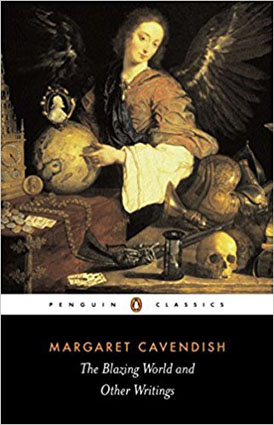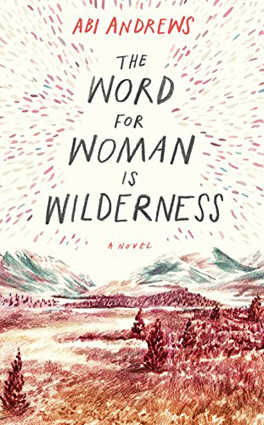I hugely admire a book that can be so brazenly sexual and plunder the depths of personal experience to tease out meanings that are profound and revelatory. Richard Scott’s book of poetry “Soho” demonstrates a full frontal engagement with queer experience while vigorously searching for a gay lineage and history to connect to. In its opening poem 'Public Library, 1998' the poet performs an Orton-Halliwell stunt of defacing library books to insert the “COCK” and gayness into literature as well as highlighting queer subtext. The final long poem ‘Oh My Soho!’ documents a search for that history in the present-day manifestation of a queer community that feels in some was disconnected from its past. There’s a potent anger in how “We’re a people robbed of ancestors – they were stolen, hooded, from us” through stigmatisation and death by criminalization and disease, but also how reformed queer identity has become: “We, too, are not immune to this shameful progress; us homos are no longer revolting!” The double meaning of this line is blistering in its recognition of progress, but at the expense of behaviour which has been sanitised by heteronormative practices and a lack of political engagement. Scott seamlessly treads between the personal and political to create poetry that burns hot pink. This poetry gripped me, turned me on, made me teary-eyed and left me grinning.
In one of my favourite poems 'Sandcastles' a scene plays out where a family at a playground is encroached upon by a “tall gent”. The narrator self-consciously migrates between the identities of the people there to engage in furtive public toilet sex or become a nurturing influence to a girl building sandcastles or become the girl playing in the sand. So there is a mind-blowing simultaneous embodiment of these contrasting feelings of perversion and innocence. One of the most gut-wrenchingly emotional poems 'crocodile' describes what it is to have survived sexual trauma “I have died already and somehow survived” but tragically being made to feel like your tears are not valid. Several poems describe the negotiation between the childhood self and the fully-cognizant sexually-active adult. Some focus on how childhood abuse can be transformed into adulthood fetishes like in the poem ‘under neon lights my arms glow scar-‘ while others explore dark feelings of self-loathing “I hated still hate this body”.
Other poems have a much more light-hearted nature and poke fun at the cult of poetry such as 'Permissions' which invokes the community of chap books and poetry slams where poets freely fuse together imagery to titillate, disturb, connect or grieve “collecting rapey verse like a tramp pocketing bin-butts”. Another poem sees the poet critiquing himself for co-opting theorists and writers after having just presented a series of poems re-imagining the love poetry of Verlaine and splicing in quotes from writers such as Walt Whitman, Kosofsky Sedgwick, Mark Doty, Michael Foucault and Jean Genet. Scott lambasts himself ‘shame on you faggot for bending whitman to your will” in a way that endearingly shows he’s not taking himself too seriously while writing about serious things.
Throughout the book there is a rigorous engagement with sex, the body and desire. These include feverish poems which celebrate the act such as ‘slavic boys will tell you’ whose format on the page takes on the evocative shape of a mushroom. But frequently there is a sense of sex being mixed with violence or death. One of the most striking is the poem ‘you slug me and’ whose startling invitation “ask the terrible questions of my flesh” describes how violence in sex can be a means towards self-discovery. Another poem ‘you spit in my mouth and I’ takes on a Jean Genet-like mentality to discover levels of beauty in sexual degradation. An entire section of the book includes poems focusing on shame as a complex attendant to sex, especially for gay people. Scott describes “those pre-grindr days when loneliness stung like a hunger” and how “my head's a cloud and my heart's a puddle”. The triumphant final poem ‘Oh My Soho!’ describes the desultory sensation “I’m chock-full of shame, riven with dark man-jostling alleyways, a treasure map of buried trauma.” An ever-recurring need for sexual gratification makes it seem as if we are condemned to a state where “this desperate place... is your home now”. But the poem 'the presence of x' epitomises Scott’s rejection of religion and “heteronormative bullshit” out of a commitment to “believe in sex the blue hours you've spent fucking me the bruises you left on my arms”. This results in an individual who gazes askance at society to resolutely declare “I am the homosexual you cannot be proud of”.
It’s so heartening to see a fresh generation of poets like Richard Scott, Andrew McMillan and Danez Smith whose writing engages with the dimensions and politics of queer identity in refreshing new ways. I loved reading this playful, moving and riotous poetry collection.































